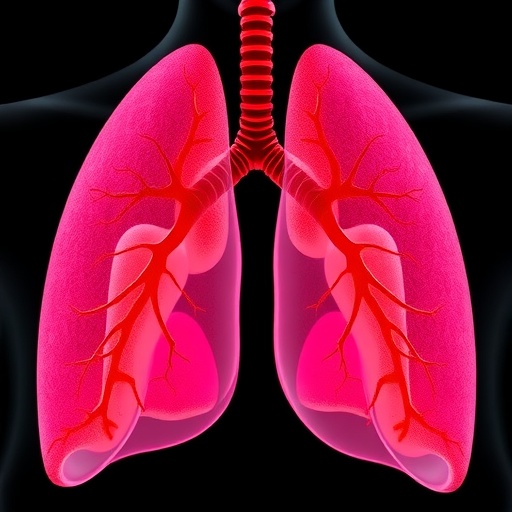
Credit: QUT
With increased use of antibiotics worldwide linked to growing antibiotic resistance, a world-first study co-authored by a QUT researcher has highlighted the growing impact of non-prescription supply of antibiotics in community pharmacies, and the urgent need for better enforcement of laws.
Global access to antibiotics without prescription in community pharmacies: a systematic review and meta-analysis, has just been published in The Journal of Infection.
- Antibiotics the most frequently prescribed medicine worldwide
- Antibiotic resistance a major global health threat which accounts for more than two million infections and 23,000 deaths annually in the USA
- Between 2000 and 2010, consumption of antibiotics increased globally from 50 billion to 70 billion standard units
- Majority of overall increase in consumption occurred in Brazil, Russia, India, China and South Africa
- Global increase driven in part by economic growth and access to antibiotics
- Pooled proportion of non-prescription supply of antibiotics in community pharmacies was 62 per cent
- South America has the highest incidence of non-prescription supply of antibiotics in community pharmacies
Emmanuel Adewuyi, a QUT Postgraduate Research Award Scholarship recipient with the Institute of Health and Biomedical Innovation, worked with UK researchers from the University of Central Lancashire, De Montfort University, University of Edinburgh and University of Leeds, along with Ahmadu Bello University, Nigeria, and the University of Maryland, USA.
"We searched global databases for studies published from 2000 to 2017 which reported on the frequency of non-prescription sale and supply of antibiotics in community pharmacies worldwide," said Mr Adewuyi.
"Studies from 24 countries were analysed and to our alarm we discovered that antibiotics are frequently supplied without prescription in many countries. Australia was not included in the study and there is no cause for concern here from what we can see.
"However, this overuse of antibiotics could facilitate the development and spread of antibiotic resistance. Antibiotic resistance accounts for more than two million infections and 23,000 deaths annually in the USA, and around 25,000 deaths in Europe each year.
"Reliable estimates of the burden of antibiotic-resistant infections in developing countries are lacking but it is believed to cause many more deaths in these countries. In India, for example, about 57,000 neonatal sepsis deaths occurring annually are due to antibiotic-resistant infections."
Mr Adewuyi said of the 24 countries included in the study, only Thailand did not classify antibiotics as prescription only, yet the supply of antibiotics with a prescription was commonplace in all.
"The majority of these antibiotics being supplied without prescription were for the treatment of disease conditions that were largely acute and self-limited, such as upper respiratory tract infections and gastroenteritis," he said.
"Many were also broad-spectrum antibiotics like amoxicillin, azithromycin and others which increase the risk of the development of difficult-to-treat infections like the the deadly methicillin resistant Staphylococcus aureus.
"Considering most countries have laws prohibiting over-the-counter sales of antibiotics, there is a need to ensure such laws are more strictly enforced where appropriate."
While commenting on the research, the lead author, Dr Asa Auta, a lecturer in the School of Pharmacy and Biomedical Sciences, University of Central Lancashire, UK, maintained that "supply of antibiotics without a prescription in community pharmacies is a global problem".
"Such practice not only predisposes patients to inappropriate drug and dose choices, it portends great risks for the development and spread of resistant organisms, masking of diagnosis as well as delayed hospital admissions,." Dr Asa said.
###
Read the full study in the Journal of Infection online.
QUT is part of a national collaborative group of five major Australian universities that form the ATN (Australian Technology Network of Universities).
Media contact:
Amanda Weaver, QUT Media, 07 3138 9449, [email protected]
After hours: Rose Trapnell, 0407 585 901, [email protected]
Media Contact
Amanda Weaver
[email protected]
@qutmedia
http://www.qut.edu.au
Original Source
https://www.qut.edu.au/news?id=133311 http://dx.doi.org/10.1016/j.jinf.2018.07.001





